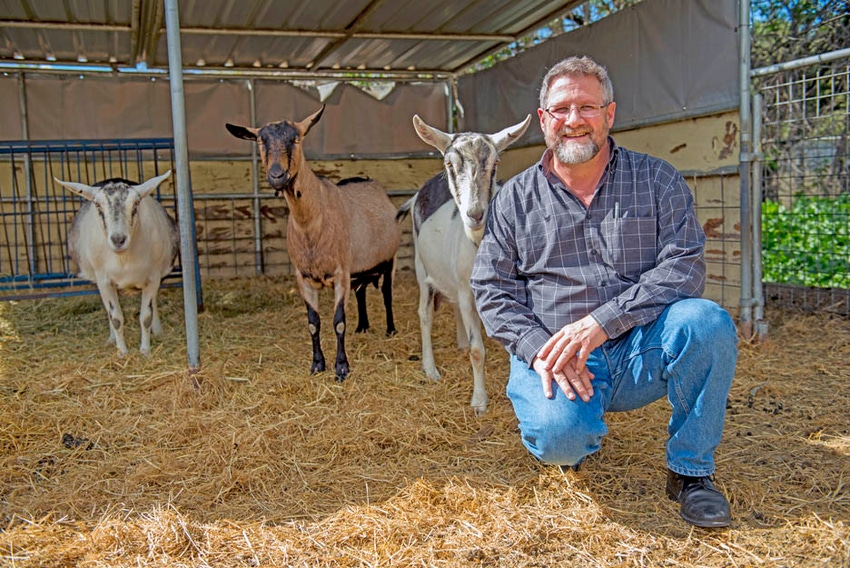March 18, 2013

Milk from goats that were genetically modified to produce higher levels of a human antimicrobial protein has proved effective in treating diarrhea in young pigs, demonstrating the potential for food products from transgenic animals to one day also benefit human health, report researchers at the University of California, Davis.
The study is the first on record to show that goats’ milk carrying elevated levels of the antimicrobial lysozyme, a protein found in human breast milk, can successfully treat diarrhea caused by bacterial infection in the gastrointestinal tract.
The findings appear in the online scientific journal PLOS ONE and offer hope that such milk may eventually help prevent human diarrheal diseases that each year claim the lives of 1.8 million children around the world and impair the physical and mental development of millions more.
“Many developing parts of the world rely on livestock as a main source of food,” said James Murray, a UC Davis animal science and veterinary medicine professor and lead researcher on the study. “These results provide just one example that, through genetic engineering, we can provide agriculturally relevant animals with novel traits targeted at solving some of the health-related problems facing these developing communities.”
In this study, Murray and colleagues fed young pigs milk from goats that were genetically modified to produce in their milk higher levels of lysozyme, a protein that naturally occurs in the tears, saliva and milk of all mammals.
Although lysozyme is produced at very high levels in human breast milk, the milk of goats and cows contains very little lysozyme, prompting the effort to boost lysozyme levels in the milk of those animals using genetic modification.
Because lysozyme limits the growth of some bacteria that cause intestinal infections and diarrhea and also encourages the growth of other beneficial intestinal bacteria, it is considered to be one of the main components of human milk that contribute to the health and well-being of breast-fed infants.
Pigs were chosen for this study as a research model because their gastrointestinal physiology is quite similar to humans, and because pigs already produce a moderate amount of lysozyme in their milk.
Half of the pigs in the study were fed pasteurized milk that came from the transgenic goats and carried greater amounts of lysozyme — 68 percent of the level found in human breast milk. The other half of the pigs were fed pasteurized milk that came from nontransgenic goats and thus contained very little lysozyme.
The study found that, although both groups of pigs recovered from the infection and resulting diarrhea, the young pigs fed the lysozyme-rich milk recovered much more quickly than did the young pigs that received goats' milk without enhanced levels of lysozyme. Overall, the pigs fed the lysozyme milk were less dehydrated, had less intestinal inflammation, suffered less damage to the inner intestines and regained their energy more quickly than did the pigs in the control group. And, the researchers detected no adverse effects associated with the lysozyme-rich milk.
The lysozyme-enhanced milk used in this study came from a transgenic line of dairy goats developed in 1999 by Murray, co-author Elizabeth Maga and their colleagues to carry the gene for producing human lysozyme in their milk.
Other researchers on this study are: Caitlin Cooper, Lydia Garas Klobas and Elizabeth Maga, all of the UC Davis Department of Animal Science.
Funding for the study was provided by the UC Davis College of Agricultural and Environmental Sciences and the UC Agricultural Experiment Station.
More from Western Farm Press
Outcry grows over feral hog damage across US
Is a fearless female leader what U.S. agriculture needs?
You May Also Like




